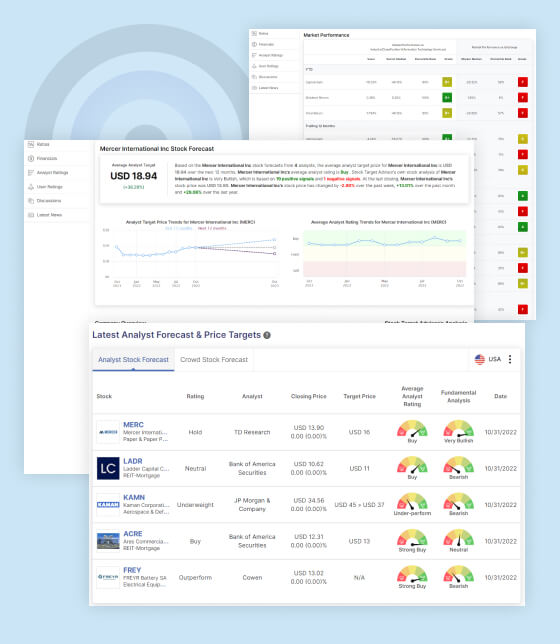Canada’s GDP Reading Drops
Data out today in Canada reveals that the economy experienced a slowdown in the first quarter of the year, further fueling concerns about the possibility of a recession. The latest figures suggest that economic growth may have weakened, prompting expectations that the Canadian central bank could consider cutting interest rates in June.
According to Statistics Canada, Canada’s gross domestic product (GDP) rose by only 0.2% in February, falling short of analysts’ estimates and growth in March is expected to have remained subdued. The combination of this economic slowdown with cooling inflation rates could provide additional impetus for the Bank of Canada (BoC) to lower its key interest rate, currently near a 23-year high of 5%.
In a preliminary estimate for March, Statscan suggested that GDP likely remained unchanged from February, with increases in utilities and real estate offset by declines in manufacturing and retail trade. Growth in January was also revised downward to 0.5% from 0.6%. Based on these estimates, the economy is projected to have expanded at a 2.5% annualized rate in the first quarter, the fastest growth rate since the first quarter of 2023.
The BoC’s expectations for the first quarter growth were slightly higher at 2.8%, as indicated in its last monetary policy report. It forecasted growth of 1.5% in the second quarter.
Economic growth in Canada had slowed in the second half of the previous year, and the rebound witnessed in January had alleviated some pressure on the central bank to lower rates. However, the chances of a rate cut in the near term were complicated by strong economic data from the United States, delaying expectations of a rate cut by the Federal Reserve.
Following the release of the GDP data, money markets slightly increased the odds of a rate cut in June to close to 60%, up from 56% previously. Additionally, a rate cut in July is now fully priced in.
The Canadian dollar weakened slightly after the GDP data release, while the yield on the two-year Canadian government bond rose.
With inflation showing signs of cooling and GDP growth remaining sluggish, the BoC has indicated that a reduction in borrowing costs in June is possible. Headline inflation stood at 2.9% in March, roughly in line with the central bank’s expectations.
The growth in February was primarily driven by a second consecutive monthly rise in the services-producing industries, particularly transportation and warehousing, which saw the largest monthly growth rate since January 2023.
Overall, while Canada’s goods-producing sector remained unchanged on a month-over-month basis, the services sector posted a modest 0.2% increase.
As Canada navigates through this period of economic uncertainty, all eyes are on the decisions and actions of the Bank of Canada as it seeks to support the economy and ensure stability amidst challenging global conditions.

STA Research (StockTargetAdvisor.com) is a independent Investment Research company that specializes in stock forecasting and analysis with integrated AI, based on our platform stocktargetadvisor.com, EST 2007.





































